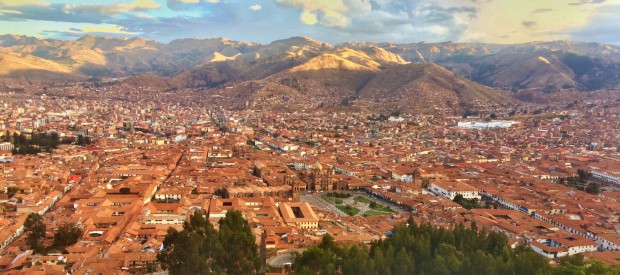
Esta página también está disponible en:
 Español
Español
Welcome to Cusco!
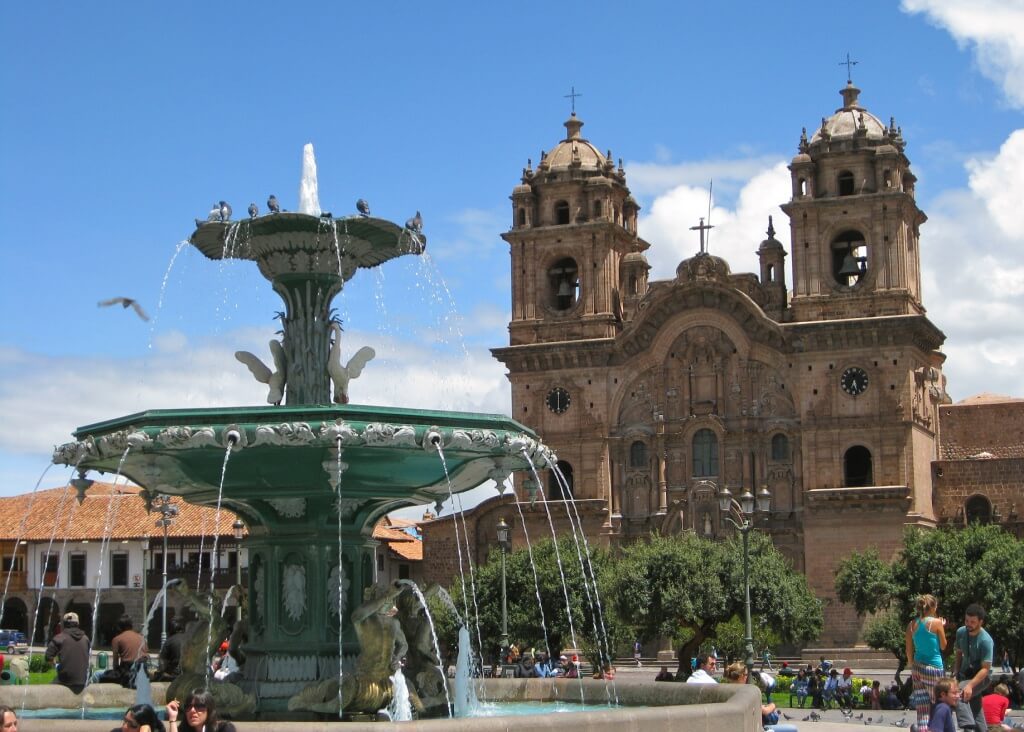
Cusco means “the navel of the world” in our ancestral language Quechua, or Runasimi. It was the cultural and religious capital of the Inca Universe. Today it is known as the ‘Historic Capital of Peru’ and is the oldest continuously inhabited city in South America. It lies in a dry lakebed at 3, 400 m (11, 200 ft.) above sea level and is located in the southeast highlands, 1100 km from Lima. It has an average temperature of 14°c, is the most popular tourist destination in Peru and is one of the 10 top world destinations. The population is around 350 thousand, a number that has tripled in the past 20 years.
This ancient city and its surrounds offer an amazing variety of experiences, unrivalled by any other place in South America. It is a fascinating and vibrant city with culture, history, cuisine, archeological sites, shopping, and adventure as some of the highlights. In and around Cusco you can explore sites belonging to 3 different periods of time, pre Inca-sites, Inca sites and Spanish colonial constructions. (In some cases you will see all these 3 styles combined in just one building!)
Apart from cultural tourism, the Cusco region gives you the opportunity to take pleasure in its natural beauty with countryside and rivers surrounded by an incredible landscape. A short journey out of the city will take you into the heart of the Andes, where you can enjoy hikes, horse back riding or simply wander leisurely.
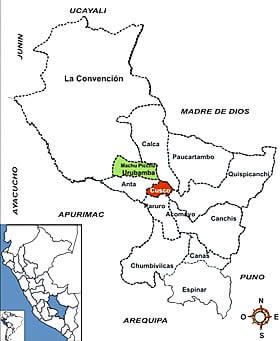
How to get here:
Flying: We think flying to Cusco is the most recommendable way of getting to Cusco. The Lima – Cusco flight is an hour. Airlines that operate flights from Lima to Cusco include Lan Peru, Star Peru, Peruvian Airlines, and Avianca. We recommend Lan. International carriers like KLM, American Airlines, LAN and others have code share agreements so you can book and fly from your home city to Cusco on the same ticket, which is recommendable in case of delayed flights.
Cusco’s Alejandro Velasco Astete’s airport is located about 15 minutes outside the center of Cusco. There are currently no direct international flights to Cusco with the exception of some flights from La Paz in Bolivia, so you will most likely have to make some sort of transit stop in Lima, Peru’s capital before flying on to Cusco (or to any destinations within Peru, and upon return to any of Lima’s 29 international destinations).
The same airlines also offer flights to Puerto Maldonado and Arequipa if you plan on visiting other parts of Peru during your trip.
Cusco airport is small but does have Internet access, a few basic cafes, souvenir shops and a VIP lounge.
Driving:
By bus: The bus ride from Lima to Cusco is 20 hours long on a winding and steep road, with extreme high points as you go through the mountain passes. If you are a nervous traveller and don’t like heights and driving along the edge of ravines this is NOT the way to get to Cusco! If you choose to get to Cusco by bus there are several bus companies; we recommend the following:
- Cruz del Sur – One of the most highly regarded bus companies in Peru. They offer economy and first class service on their comfortable double-decker buses from Lima to Cusco.
- Ormeno
By Rental Car: If you have time and are adventurous you can rent a car when you arrive in Lima and spend a few days driving through the incredible countryside of Peru to get to Cusco. Possible routes include Lima – Ica – Arequipa – Cusco. Be warned that driving in Peru is crazy, and the roads to Cusco are winding with intense drop offs! We do not recommend this option, but for your consideration the main rental car companies in Peru are Hertz, Avis and Budget Car Hire.
Facilities:
Banks – You can find banks in Cusco, mainly on the main street (Avenida del Sol). ATMs from which you can withdraw cash with Visa or MasterCard are readily available in Cusco, as well as the small towns of the Sacred Valley and in Machu Picchu. A lot of hotels and restaurants also accept payment with Visa, MasterCard or American Express, but may charge a small percentage.
Money/Traveller’s Cheque Exchange
We recommend bringing some cash, and getting more upon arrival using ATM machines, found all over Cusco and the Sacred Valley. Make sure you have your PIN number, as dealing with these issues in Cusco is time consuming. Also you may want to inform your bank and credit card company that you will be travelling to Peru. It is best to change money at official money exchanges (Casa de Cambio) rather than banks for a better exchange rate. There are many places to change your money (dollars) into soles in Cusco near the main plaza, and also in the smaller towns in the Sacred Valley, for a slightly lower rate. Traveller’s checks are more difficult to exchange, and not recommendable. Please note that dollars need to be in perfect condition to be accepted; ripped or worn bills will not be exchanged, and if accepted, it will be for a much lower exchange rate.
You can also change Euros or English pounds although sometimes the rates are not very good.
Accommodation
Cusco offers a wide selection of hotels, ranging from budget hostels, to mid range to five star luxury hotels. We are happy to make recommendations to help you select the right type of accommodation for your stay, from a selection of mid range hotels similar to Pisac Inn, or other categories.
Food and Drink
Peruvian Cuisine is renown worldwide, and in Cusco there are many local, tourist, and fine dining restaurants to explore. We suggest you try the typical dishes of Peru, as well as the booming gourmet Novo Andean cuisine. Don’t miss the delicious grilled-guinea pig, which is a local delicacy, or ceviche which is raw fish cooked in lemon. For a local flavor of Peruvian fast food try pollo a la brasa, chicken grilled in a firewood oven, served with French fries. There are plenty of pizza and pasta restaurants as well.
Popular drinks here are coca tea made from the coca leaf, Inca Kola (soft drink made with lemon grass – only found in Peru!), Pisco Sour (a mix of Pisco, egg whites, lemon, sugar, cinnamon and ice) and chicha (alcoholic drink made from corn).
Shopping
Apart from the colorful local markets and stores filled with beautiful handmade crafts and goods; in Cusco you will find unique boutiques offering high quality alpaca, and exquisite vicuña in contemporary designs. Also, a great variety of hand-made textiles can be found in Cusco, though you can buy textiles directly from the weavers in the market towns, such as Pisac. Other popular gifts are beautiful ceramic works and gold and silver jewelry. Most of the best shops are located around the main square (Plaza de Armas) in Cusco.

Population
Cusco has 304.152 inhabitants, and in the entire department there are 1.158.142 inhabitants. Cusco is the seventh largest city in Peru.
Administrative Divisions
The total area of Cusco has 71.891,97 sq. Km and it is divided politically in 13 provinces (Acomayo, Anta, Calca, Canas, Canchis, Chumbivilcas, Cusco, Espinar, Paucartambo, La Convención, Paruro, Quispicanchi y Urubamba). The city has 8 districts (Ccorca, Cusco, Poroy, San Jerónimo, San Sebastián, Saylla, Wanchaq y Santiago).
Language
The native language in the Andes is Quechua, known as Runasimi. The official languages in Peru are Quechua and Spanish. In the rural zones of Cusco, Quechua is the predominant language. Part of Cusco’s population is bilingual with Quechua being the mother language and Spanish learned. A small percentage of the population speaks Aymara and there are also other Amazonic languages (such as Machiguenga) in the jungle region of the department.
Religion
Official statistics report that 80% of the population is Roman Catholic, however indigenous people still practice their ancestral celebrations and rituals. The abundance of these celebrations in the Andes maintains a very strong pre-Columbian approach of life. Even if it is not recognized as an official religion, a unique and profound spirituality is still practiced. In this area of Cusco a number of traditional communities hold a connection of tenderness with all of the entities present in “Pacha”, translated as time and space, and revered as the cosmic essence of life. They maintain important values based on reciprocity and respect for all of humanity.
Altitude
Cusco is approximately 3, 400 m (11, 200 ft.) above level sea, and is considered one of the highest cities in the world.
Weather & Climate
Peru’s seasons are the reverse of those in the northern hemisphere. The climate of Cusco roughly falls into two rather distinctive periods, the dry season from May to November, and the rainy season from December to April . In the dry season temperatures reach 19.5°C (67.1°F) by day, and on average fall to 0.8°C (33.4°F) overnight. During these months, the days are usually hot and sunny and the nights are cold, particularly in June and July. During the rainy season the average high temperature is 19.5°C (67°F) and average low temperature is 6.6°C (43.8°F). Annual average temperatures hover around 11ºC (52ºF), dipping below 0ºC (32ºF) in July and hitting 20ºC (68ºF) in summer. External Links: Weather for Cusco & Cusco Weather and Climate

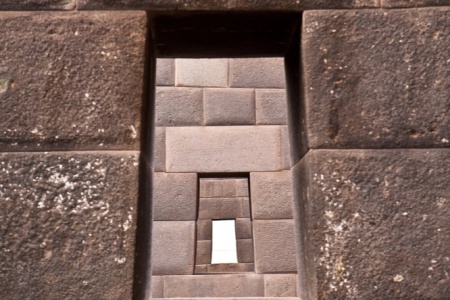
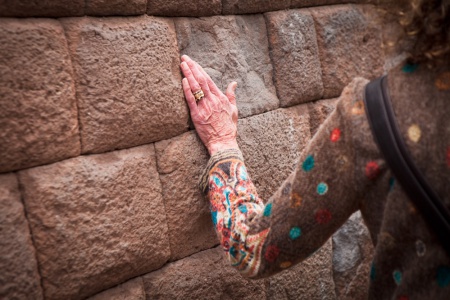






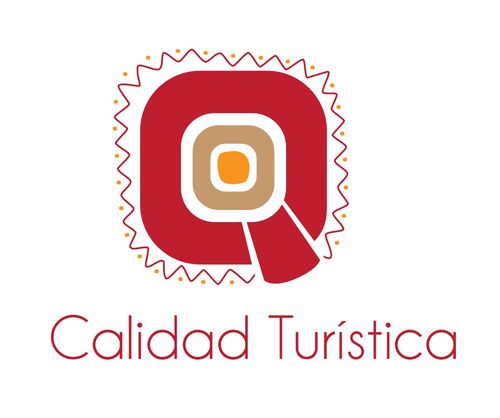
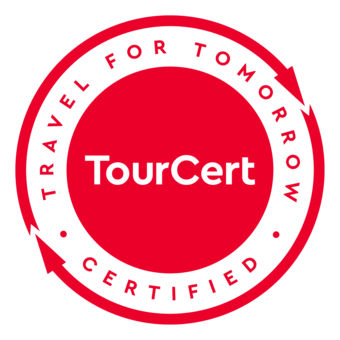
Leave a Comment